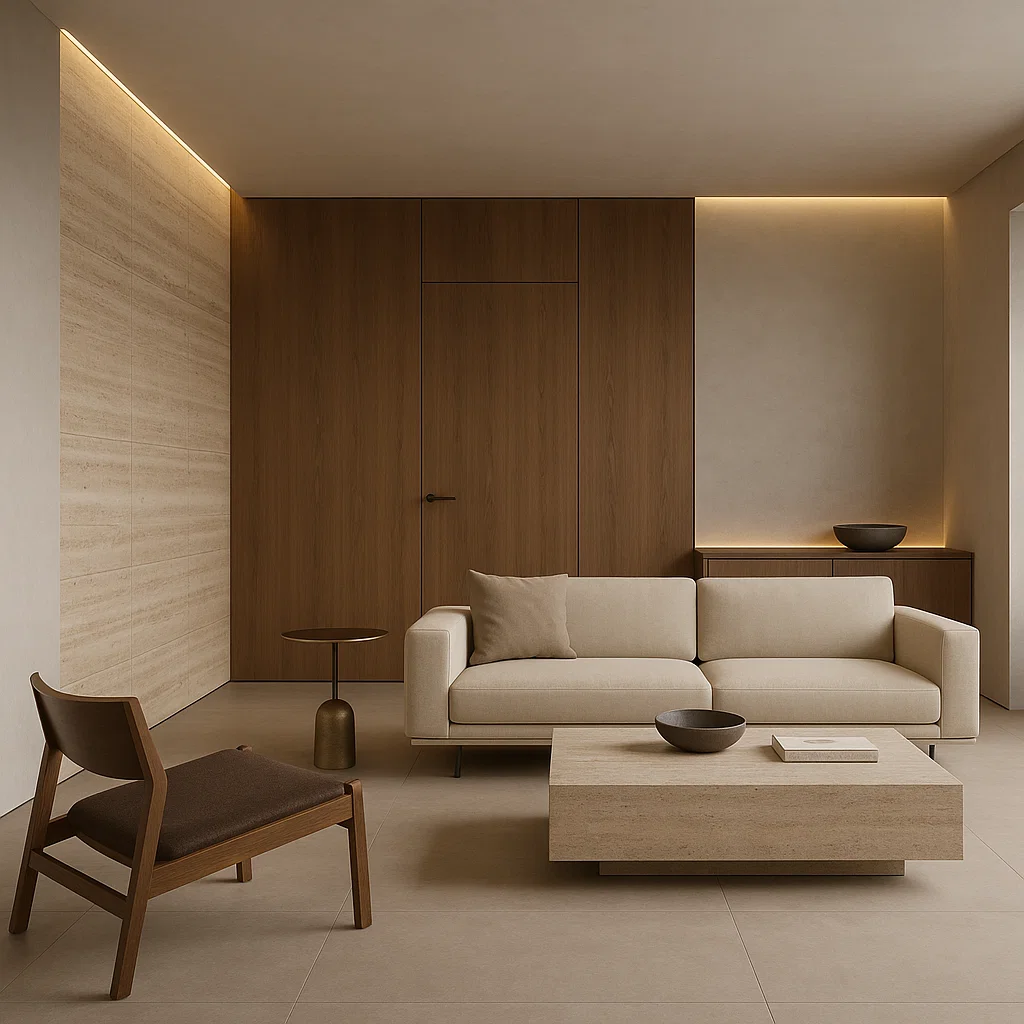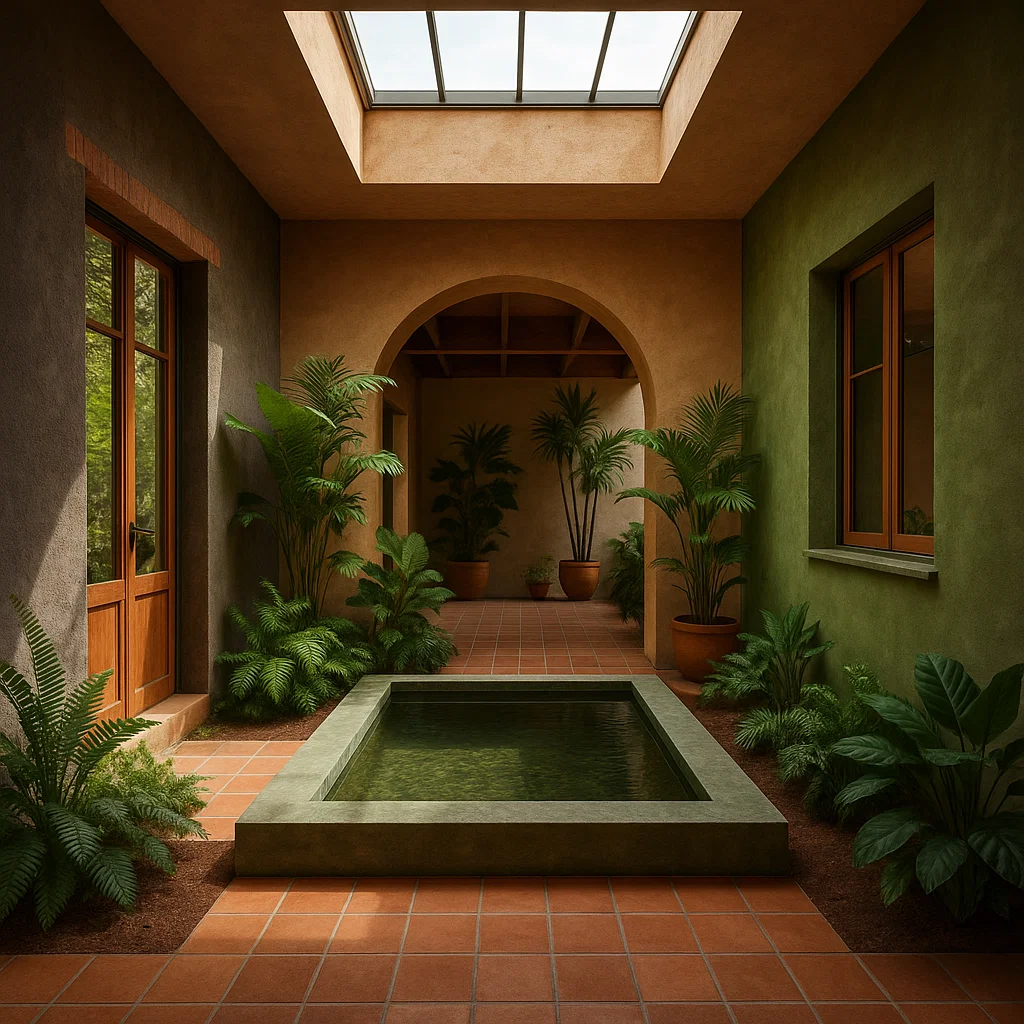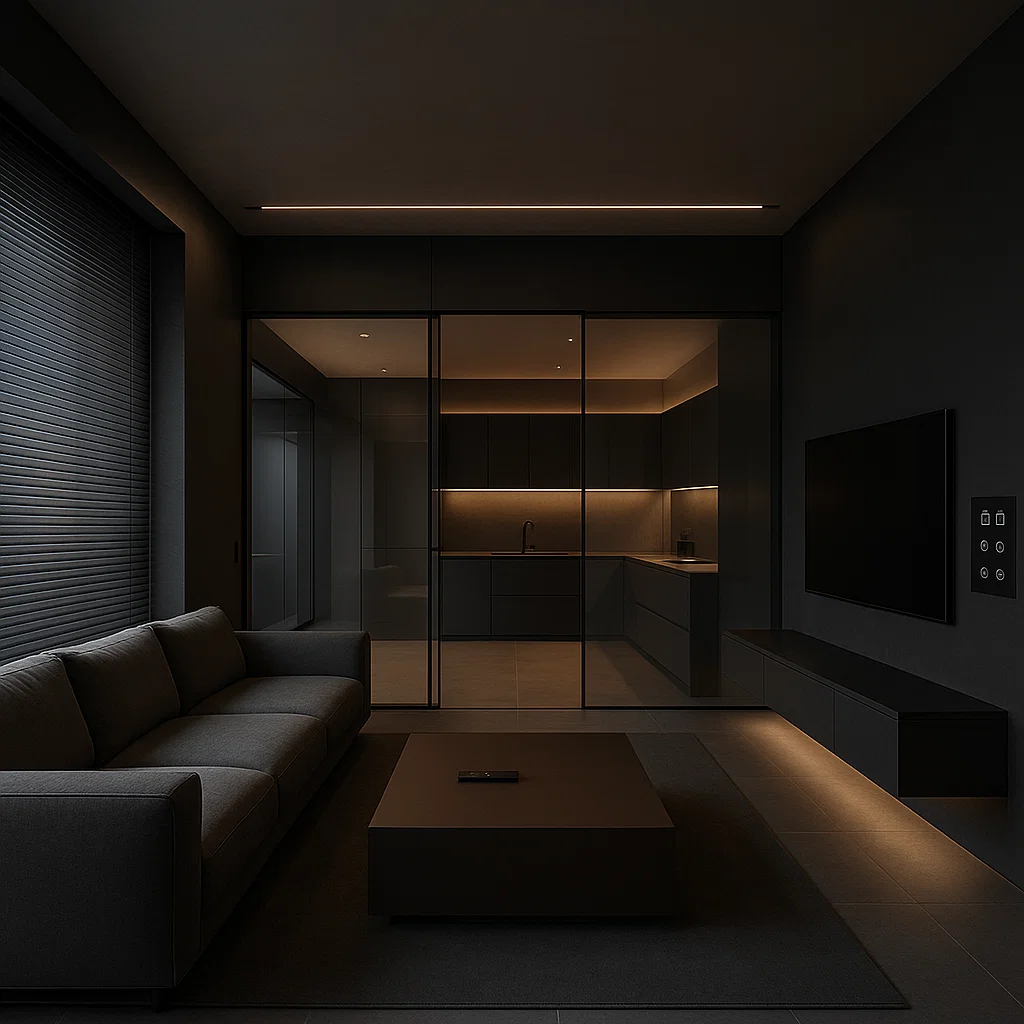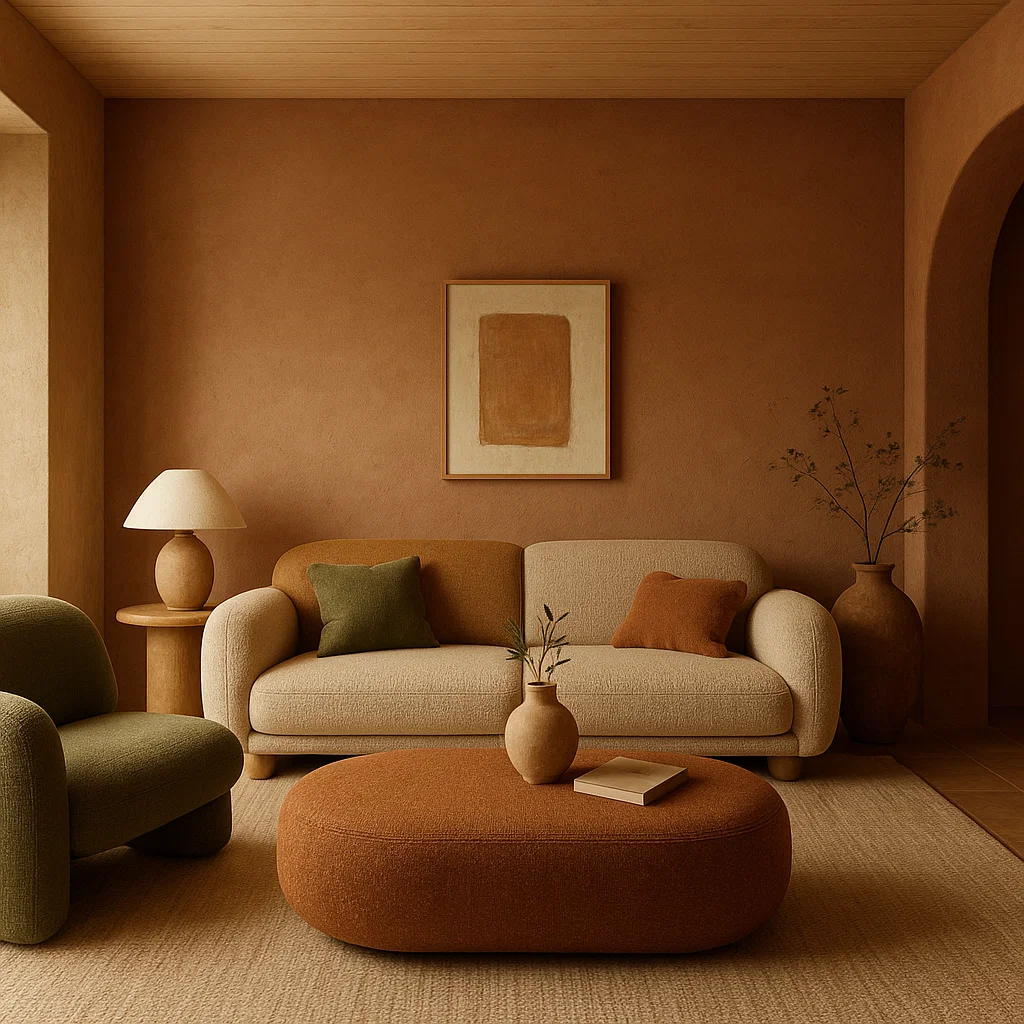Top 5 Global Home Interior Trends That Are Redefining Modern Living
In high-end residential design, trends aren’t just about aesthetics — they reflect lifestyle shifts, technological advancement, and a deeper understanding of how spaces affect human behaviour. Today’s best interiors combine visual elegance with spatial performance, integrating global movements in material science, colour psychology, and smart living systems.
Whether you're building a new home or upgrading an existing one, here are five global interior trends—each with a strong technical backbone—that are shaping the future of refined living.
1. Minimalist Luxury: Precision in Proportion, Material and Mood
At its core, minimalist luxury focuses on clean geometry, seamless transitions, and thoughtful materiality. It’s not minimal for the sake of emptiness, but rather, it embraces visual clarity and functional richness.
Design Features:
Large uninterrupted surfaces using materials like microcement, large-format porcelain tiles, and natural stone cladding.
Flush door systems, concealed hinges, and in-line cabinetry for seamless planes.
Shadow gaps instead of skirting or mouldings to create cleaner intersections.
Low-height modular furniture with light base reveals to create a floating effect.
Colour Palette:
Neutral base tones (warm greys, taupes, greige) paired with accent materials like brushed brass, travertine, and American walnut. Lighting is soft and layered — with recessed linear fixtures, cove lighting, and warm 2700K LEDs enhancing mood.
Technical Insight: Avoid high-gloss finishes. Use satin or honed textures to absorb light and emphasize material depth.
2. Nature-Integrated Design: Biophilic Spaces with Performance in Mind
The global shift toward biophilic design is more than a trend — it’s a health-centered spatial strategy. Natural elements, when integrated with architectural planning, boost mood, productivity, and indoor air quality.
Design Features:
Courtyard inserts, skylights, and green atriums to invite controlled daylight and ventilation.
Natural finishes like lime plaster, terracotta tiles, and unfinished wood for sensory engagement.
Cross-ventilation planning using operable windows on opposing walls.
Indoor water features with acoustic absorption benefits for calm, meditative zones.
Colour Palette:
Earth-based tones like moss green, clay red, sand beige, and charcoal stone. The goal is to simulate outdoor visuals, so textured finishes like limewash or exposed brick are often preferred over flat paint.
Technical Insight: Use breathable, VOC-free wall finishes and plant species that thrive in indirect light for low-maintenance integration.
3. Smart Homes: Embedded Intelligence with Invisible Aesthetics
Luxury today means effortless control over your environment — lighting, climate, security, and entertainment — without any compromise to aesthetics. The trend leans toward design-integrated technology rather than gadget-centric interiors.
Design Features:
Home automation systems with centralised control (KNX, Lutron, or Control4).
Motorized blinds, smart mirrors, and retractable media units.
Invisible speaker systems (e.g., in-wall planar speakers) for uncluttered acoustics.
Touch-free fixtures in kitchens and bathrooms for hygiene and convenience.
Colour Palette:
Muted and matte finishes — charcoal, deep bronze, slate grey — often act as base canvases for lighting scenarios. Use of smart glass partitions and ambient light sensors allows for dynamic mood shifts across the day.
Technical Insight: Plan tech early — recesses, conduits, and access panels should be designed from the architectural stage for seamless integration.
4. Warm Earth Tones: The Psychology of Comfort and Balance
Global interiors are shifting away from cold monochromes towards palettes that feel more human, more tactile, and more rooted. Earth tones not only soften a space but also create a stronger emotional resonance.
Design Features:
Wall textures in clay paint, natural plaster, or stone veneer.
Upholstery in coarse linen, boucle, and natural wool.
Soft-edged furniture with organic curves and upholstered volumes.
Use of diffuse light reflectors like light-toned timber ceilings to warm up vertical space.
Colour Palette:
Ochre, sienna, soft terracotta, olive green, mushroom beige, and burnt umber. These are often used in combination with muted base whites or off-blacks to provide grounding.
Technical Insight: Use warm colour temperatures (2700K–3000K) and high CRI (Color Rendering Index) lighting to ensure that the hues render accurately and feel inviting at night.
5. Cultural Fusion: Global Aesthetic Meets Local Craftsmanship
A rising movement in interior design emphasizes personalisation and provenance. The most compelling homes today are those that combine international form language with culturally rooted materials, patterns, and artefacts.
Design Features:
Handwoven textiles as acoustic wall panels or ceiling treatments.
Locally sourced stone or timber used in custom furniture or cladding.
Artisan-made metalwork (grilles, knobs, inlays) designed to contrast industrial finishes.
Mixed-material compositions — brass with wood, ceramic with concrete, stone with leather — to express layered identity.
Colour Palette:
Deep indigo, turmeric yellow, charcoal black, ivory, and oxidized copper — colours drawn from traditional crafts but applied in a contemporary composition.
Technical Insight: Engage with artisans early and allow lead time for handcrafted elements. Pair with neutral architectural finishes to avoid visual conflict and let these accents stand out.
Conclusion: Design That Performs, Heals, and Reflects Who You Are
Interior trends may evolve, but the principles of good design remain constant — intentionality, balance, and timeless expression. These five global design movements aren’t fleeting—they are built on strong architectural reasoning, wellness insights, and material integrity.
At RADS, we specialize in creating homes that go beyond the visual — homes that function with elegance, evolve with their occupants, and quietly carry a sense of place and personal story. Tell us your story..




